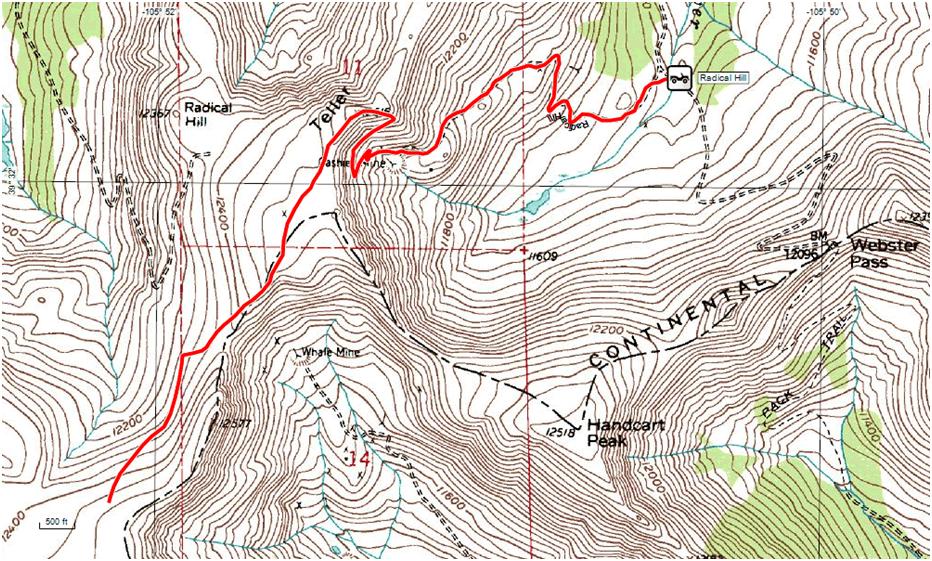Using Thematic Change Detection to Determine Trail Conditions: Part 1
Anonym
There is nothing more frustrating than getting up to an off-road trail and figuring out the last rain caused a rockslide, or caused part of the trail to wash away. Meaning that hour and a half drive to the trail head was for nothing!
Generally the Forest Service is on top of trail closures, but there are quite a few 4 wheeling groups across Colorado who adopt trails and are responsible for opening them at the end of spring when the mud is hardening and the snow has melted off. When these groups adopt trails they are responsible for removing downed trees, repairing wash outs on shelf roads, and closing off areas that are still too wet to be driving on.
During a trip this past weekend I got to thinking that with the amount of free data there is (including topographic maps that cover trail routes), it would be fairly easy to establish the trail area and a “norm” for trail conditions that will serve as your base dataset.

Every spring the trick would be tracking down recently flown data, or possibly getting setup with access to a service like DigitalGlobes Global Big Data. Once you have new data then you can utilize a workflow like thematic change detection to determine what obstacles you will be facing. The beauty of a workflow like Thematic Change Detection is you are not manually scrolling through the trail trying to pick possible changes, but can instead select “only include areas that have changed”.
I know this doesn’t sound like ground-breaking material, but the Colorado seasons can be wild and it’s common for spring wind storms to knock large old trees across trails or the snow melt to create new ruts that won’t be safe to pass over. The key advantage to putting a practice like this in place is when these groups go up to open the trail for the summer, they can take all necessary equipment like a large chain saw or T post and lumber to reinforce a trail edge. Though I am not part of a 4 wheeling club, I think this idea is worth proposing to them.
In Part 2 of this Blog I will putting the practice to test and seeing where Popular 4 wheeling trails in Park County have changed from 2014 to 2015.